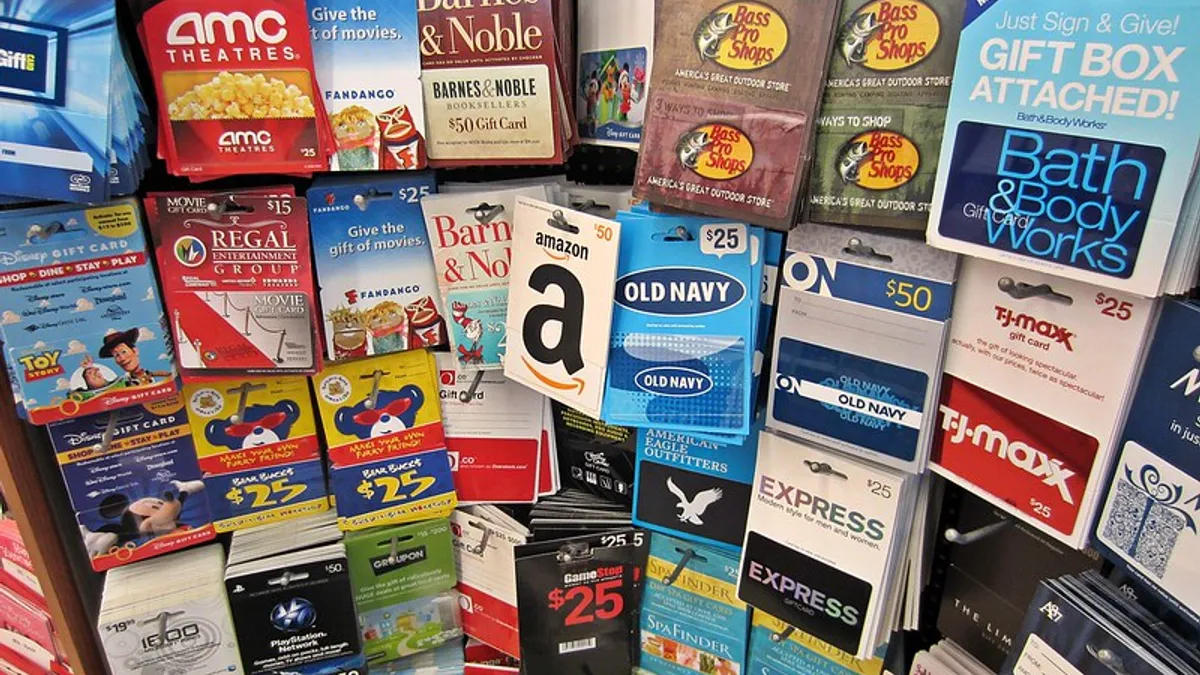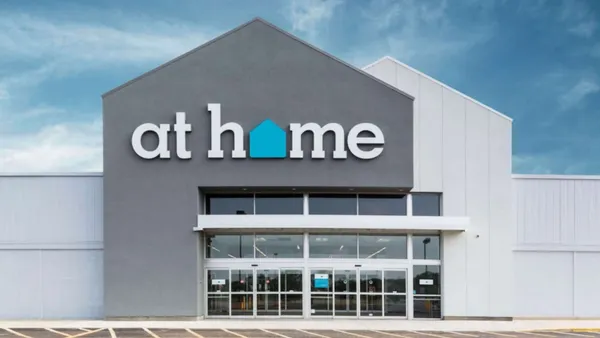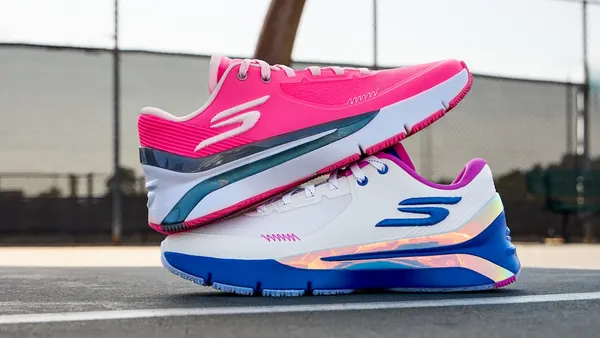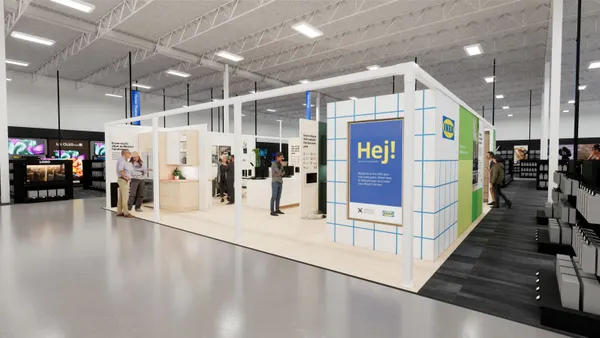Dive Brief:
- Physical gift cards are still preferred by slightly more than half (54%) of consumers, according to a new study from payments company Fiserv, despite the rise of digital cards. That's similar to data from a 2019 study which also showed physical gift cards were favored by both purchasers and receivers, although more of those giving than receiving had a preference for the tangible card.
- But just as the COVID-19 pandemic has sped up broader payments innovation, it's fueled the rise of digital gift cards: Over the last two years, 48% of consumers polled said they've bought more digital gift cards than physical ones. The 2019 study had found 53% of consumers had purchased physical gift cards, compared to 27% who bought digital ones.
- About 37% have stored a gift card on a mobile app, and one-third load gift cards they receive into their mobile wallets, Fiserv's new study found. Consumer awareness of storing gift cards on mobile apps has grown: 51% know they have this option, compared to only 25% who said this in 2019.
Dive Insight:
Most consumers told Fiserv the COVID-19 pandemic didn't affect their gift card purchasing habits, and the Brookfield, Wisconsin-based payments giant said the prevalence of digital purchase and delivery has kept the gift card market steady over the past two years.
Egged on by the pandemic and the shift to faster, contactless payments, more consumers have turned to mobile wallets to make purchases. The Federal Reserve has said some of these pandemic-induced changes in payments could be here to stay. Based on the increases Fiserv discovered, that appears likely to apply to the gift card market, too.
Those who favor digital gift cards appreciate immediate delivery (77%), that they're easier to send (62%) and easier to purchase (50%). Traditionalists who opt for physical gift cards prefer them as a tangible gift (61%), that the recipient has something to unwrap (46%) and ease of giving and use (39%), per Fiserv, which handles gift card services for thousands of merchants.
With nearly half of consumers turning to digital gift cards over physical ones during the pandemic, Fiserv's study noted the recent rise of innovations related to e-gift cards, like scheduled delivery and the ability to customize gift cards with personal photos. About 55% are interested in a gift card that can be used at any local restaurant, and 35% want to see a mobile platform where all gift cards can be stored.
In 2019, just 12% of consumers had received a gift card by text; that jumped to 28% in 2021. Similarly, only 10% of consumers purchased a gift card through a merchant's app in 2019, and that grew to 25% in 2021, Fiserv found.
Most consumers – about 70% – primarily purchase gift cards for others, with holidays and special events being the most popular giving occasions. But nearly 20% of consumers are buying gift cards for their own use, with more reporting benefits like discounts received by purchasing gift cards (45% in 2021, up from 35% in 2019), loyalty or rewards offerings (44% in 2021, compared to 30% in 2019) and to shop online (32% in 2021, up from 25% in 2019).
Almost three-quarters of consumers prefer buying single merchant gift cards. More than half (53%) of consumers buy gift cards from online-only merchants like Amazon, 49% buy from discount or big-box stores and 41% pick up gift cards at coffee shops.
About 1,000 consumers took part in Fiserv's 19th annual Prepaid Consumer Insights Survey in December 2021.














